All fun and games until it happens with nazism instead of slime.
cal≠kcal
1 gallon gasoline contains 31 million small calories, while the human caloric requirements are given in large calories. 1000 small calories = 1 large calorie. So the calculations are off by a factor of 1000. The confusion stems from the fact that both are commonly referred to as "calories", for some stupid reason.
So in reality you would have to drink another gallon in just 2-3 weeks.
Just to be clear, the story about the couch does not appear to be true: https://www.snopes.com/fact-check/jd-vance-couch-cushions/
TL;DR Far-right on the rise more or less everywhere based on the estimates, green parties on the decline. Let's just hope it will not get too dire consequences in the five years to come.
The original ElectroBoom?
The graphical abstract is even better than the title:

I use an addon called Chameleon that creates a random user agent that changes periodically.
Cervantes did it first:
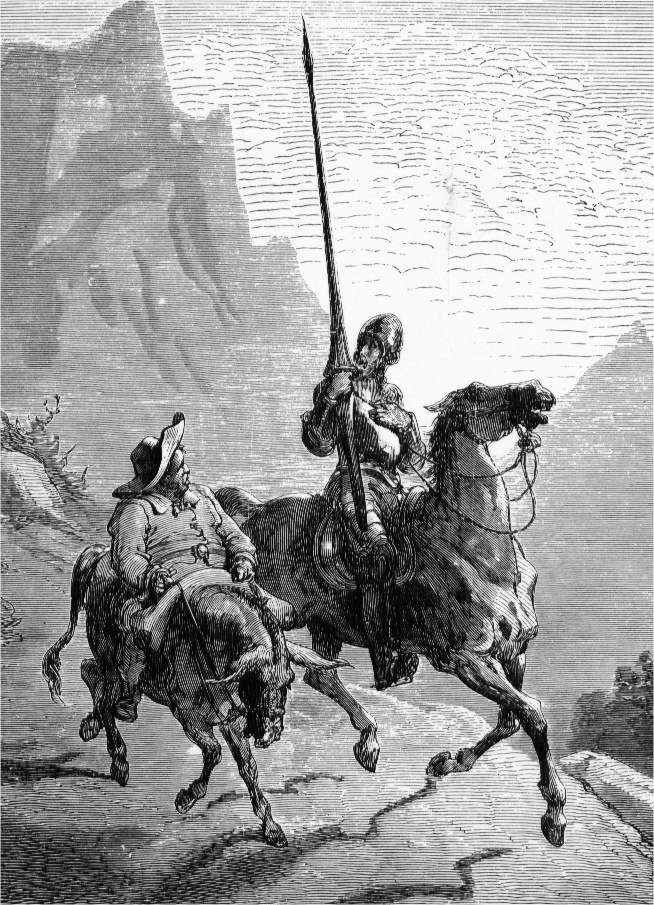
Still got nothing on this guy that made a ride that takes like 3*10^78^ years to finish
Who the fuck made this inforgraphic?
It's from Wikipedia. Admittedly, I didn't do much fact-checking and just trusted it. But of course you can always contribute by improving the map.
Cool! I had never heard about this theory for explaining color blindness.

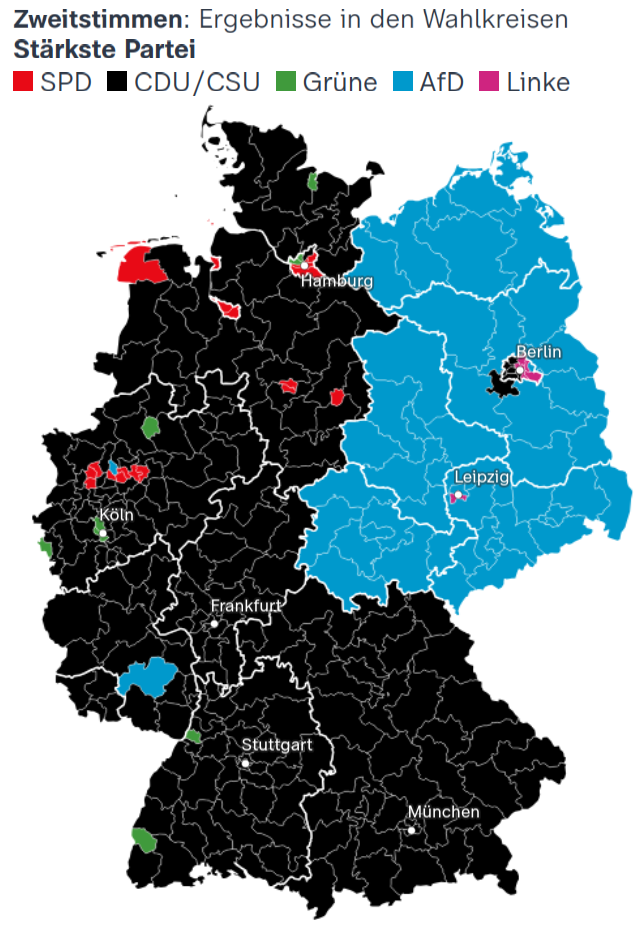
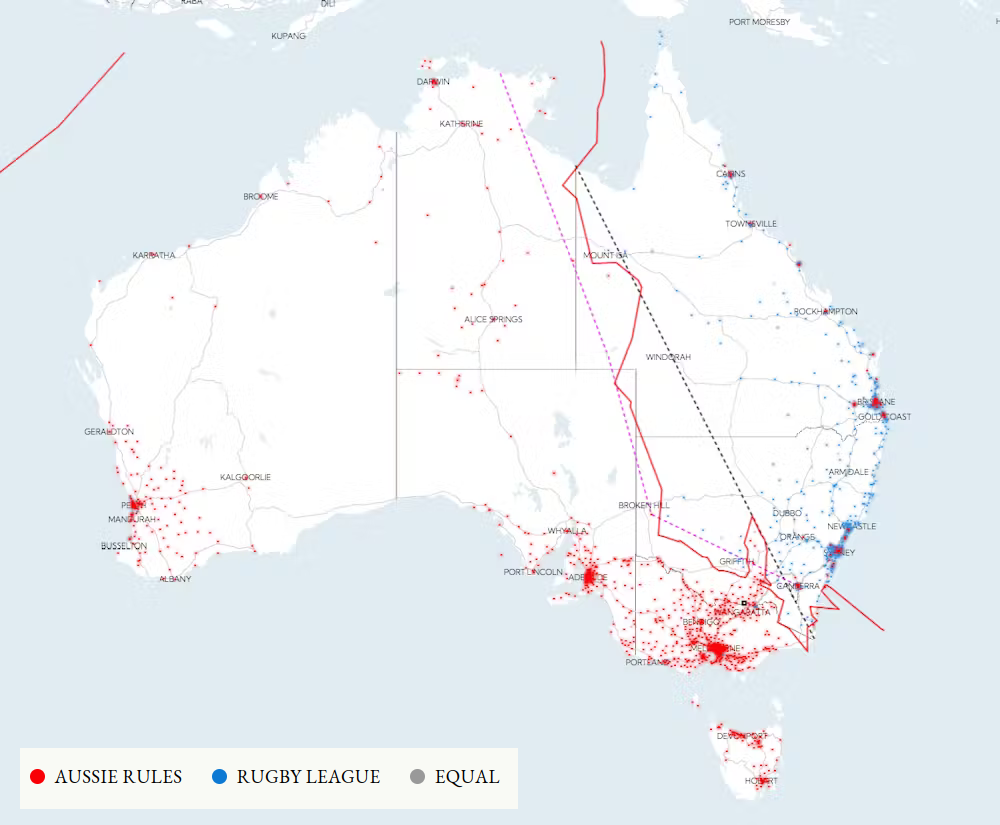

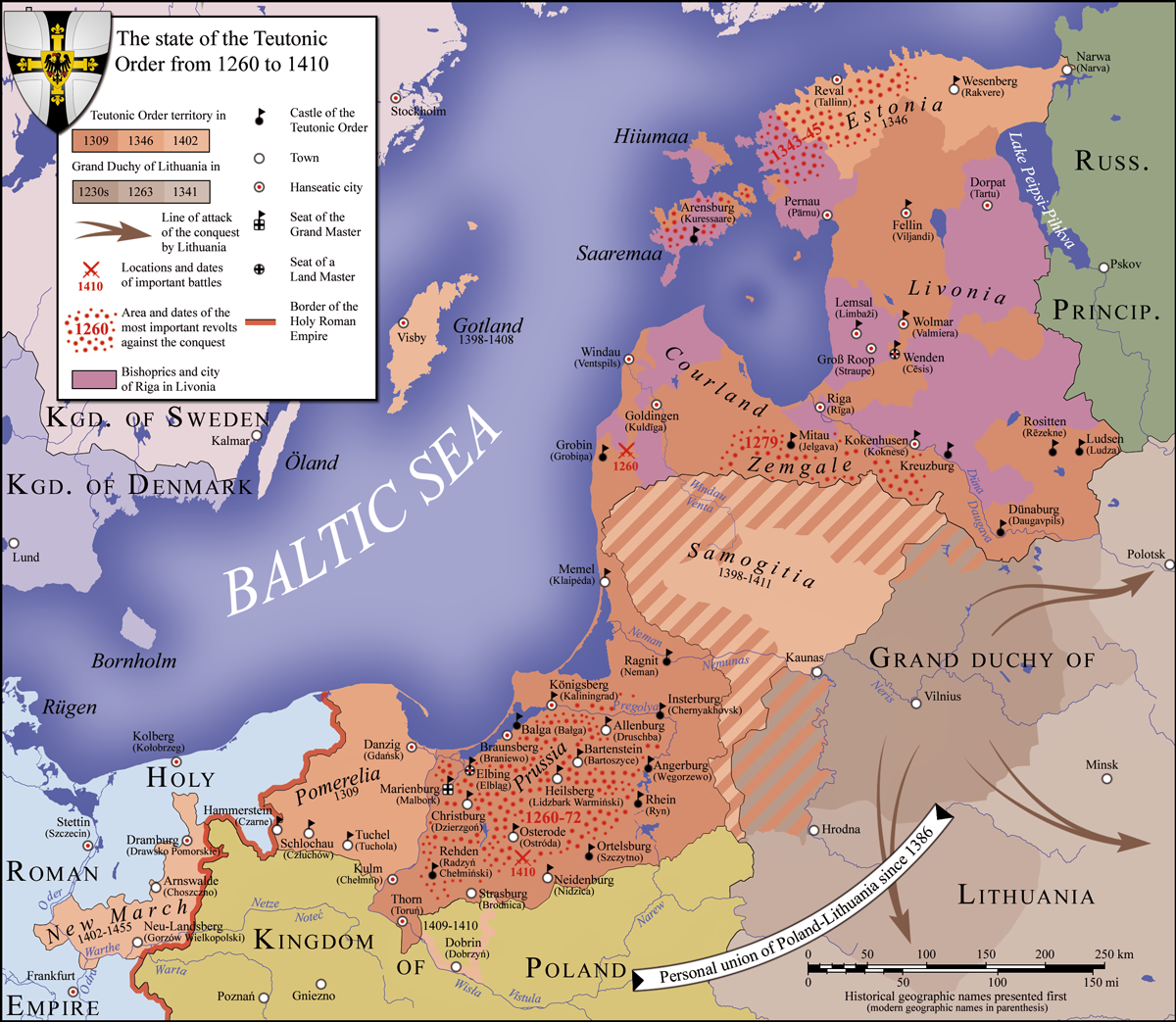
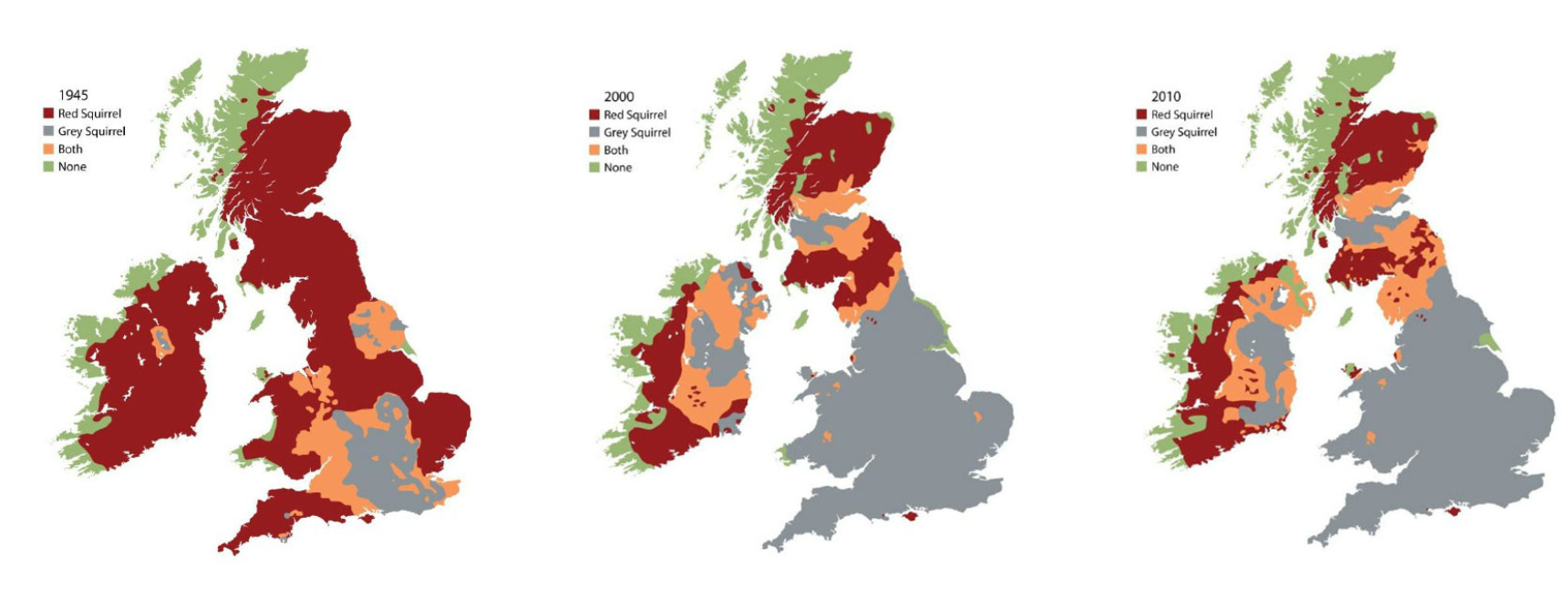


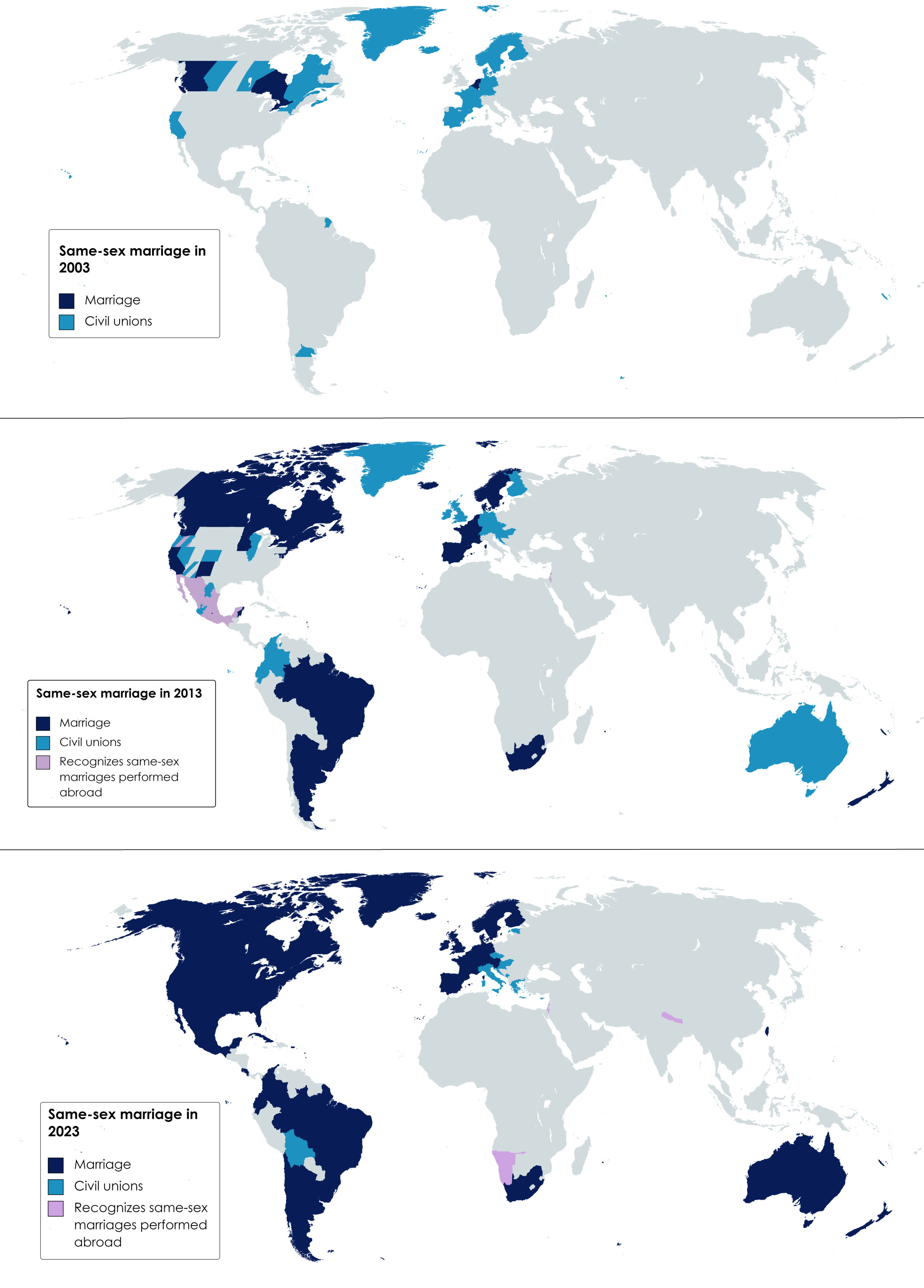
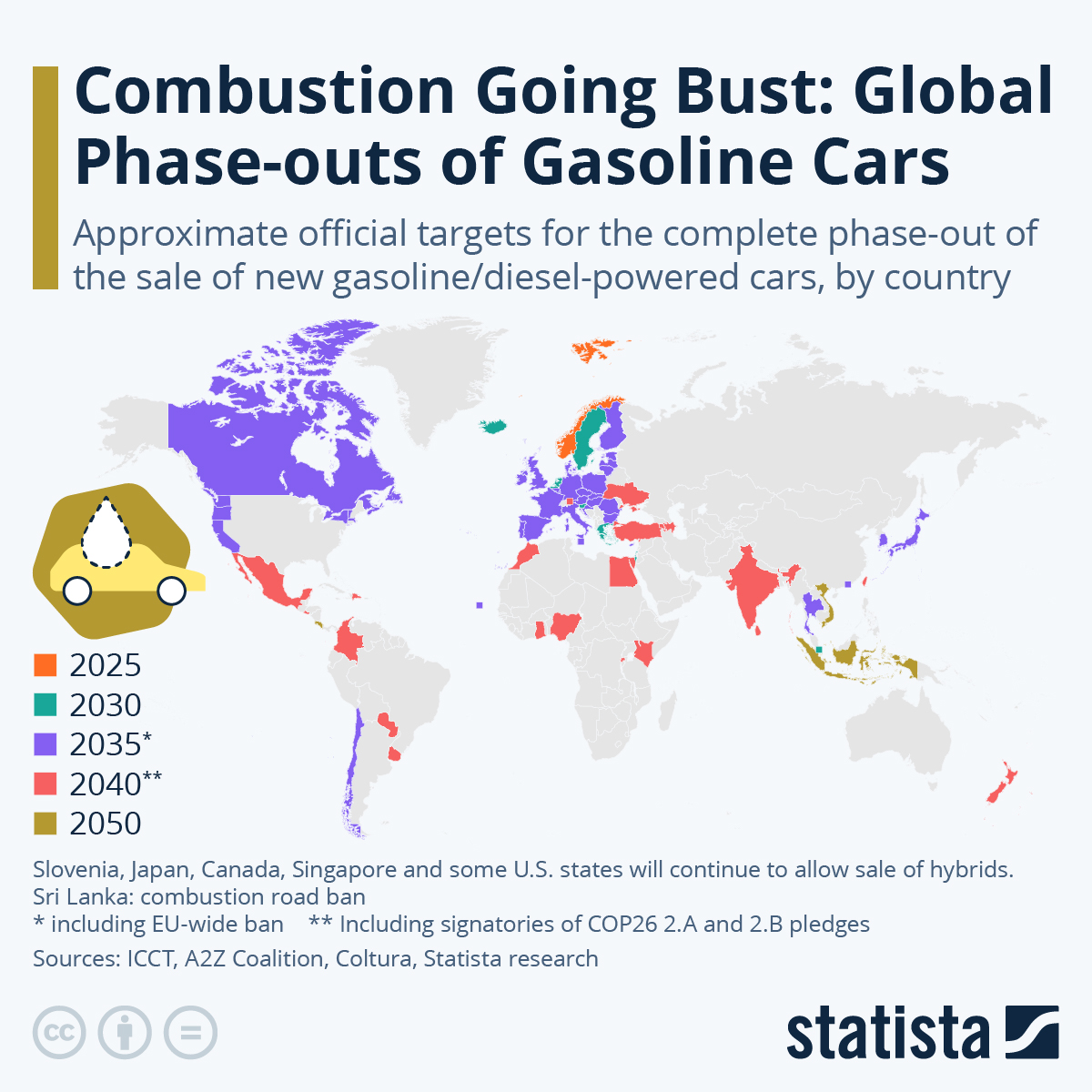
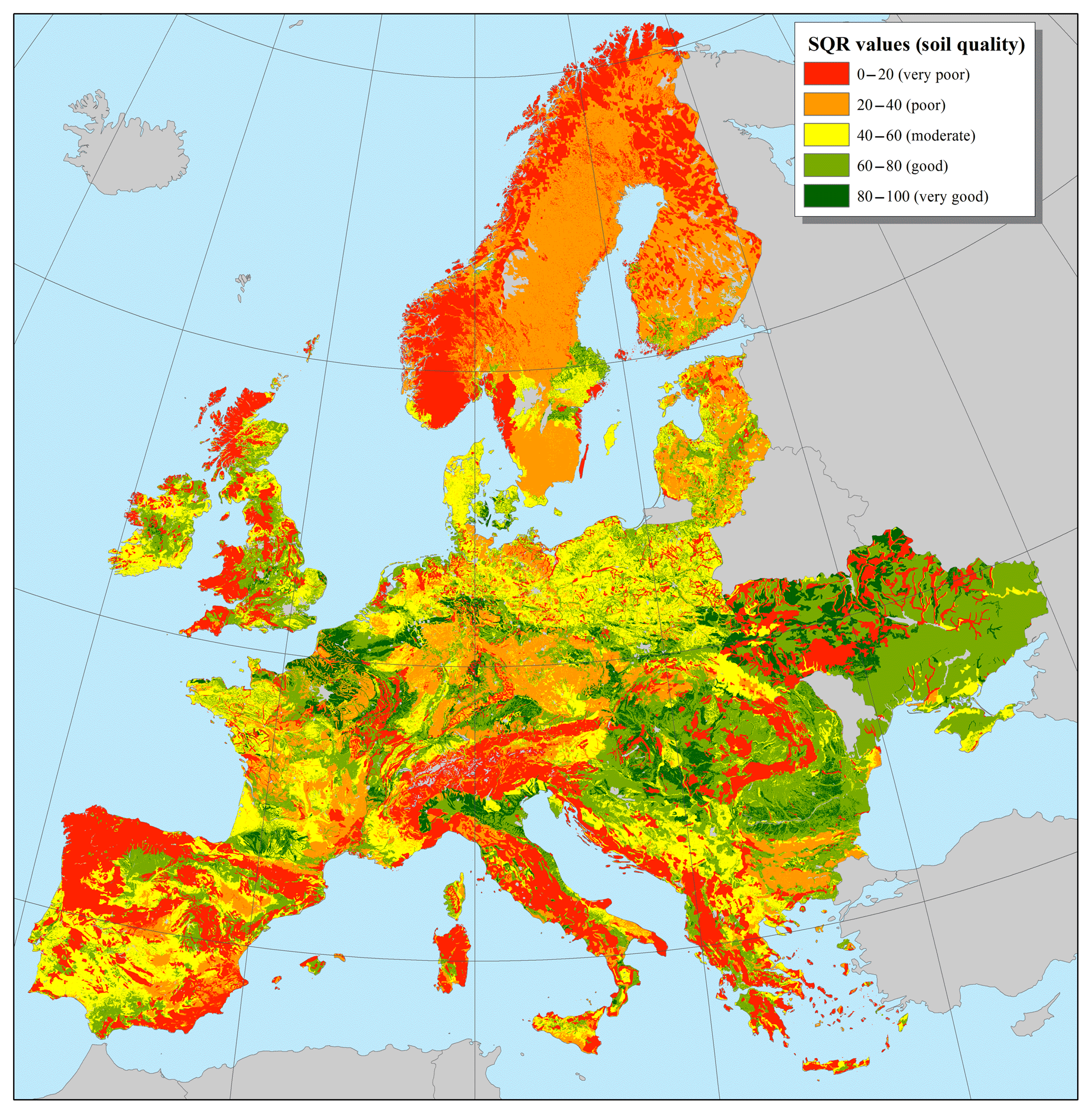
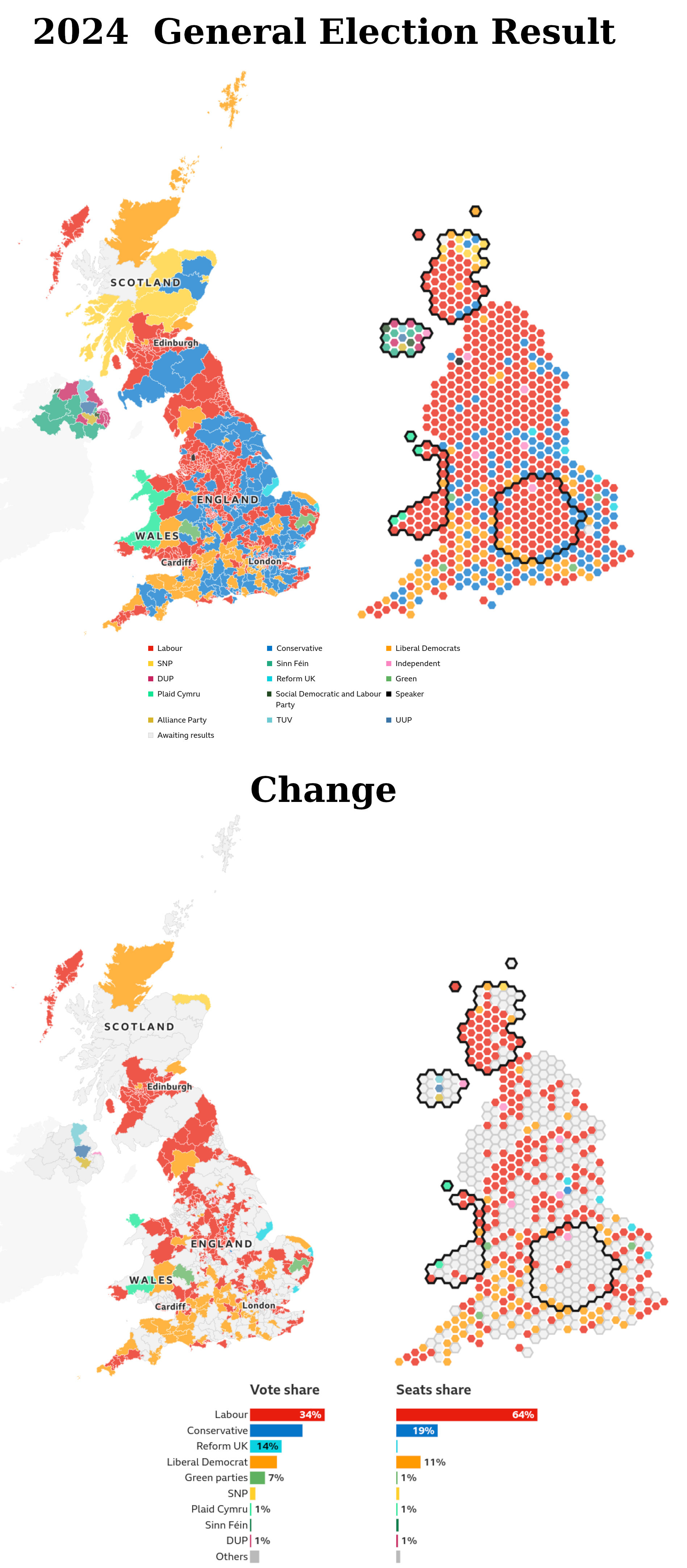
I don't expect a conservative backlash, on the contrary Francis's Pontificate has weakened the conservative wing considerably. Given that 80% of the voting cardinals were appointed by Pope Francis, I would expect them to elect a successor that continues in the same direction, perhaps even a more radical one.
During his pontificate Francis also made a lot of efforts to bring in new groups into the corridors of power. Not only by his appointment of cardinals, but also e.g. by reforming the Curia with Praedicate evangelium.